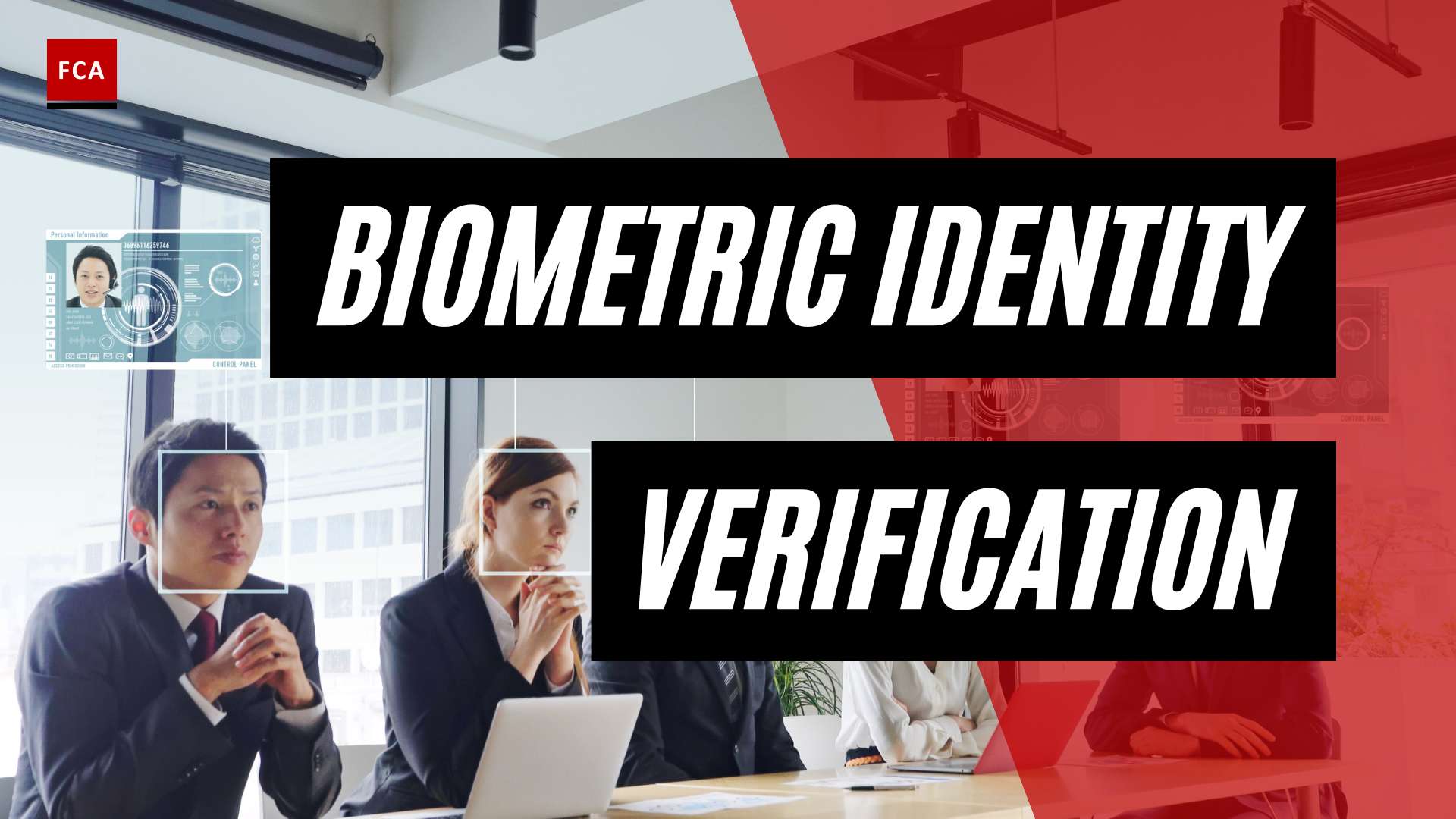Exploring TBML risk indicators, researchers have identified a correlation between unusually high volume and frequency of cross-border transactions and potential money laundering activities. A risk indicator demonstrates or suggests the likelihood of the occurrence of unusual or suspicious activity.
The existence of a single indicator about a customer or transaction may not alone warrant suspicion of TBML, nor will the indicator necessarily provide a clear indication of such activity, but it could prompt further monitoring and examination, as appropriate.
Similarly, the occurrence of several indicators could also warrant closer examination. Whether one or more of the indicators suggests TBML is also dependent on the business lines, products, or services that an institution offers; how it interacts with its customers; and on the institution’s human and technological resources.

Different TBML Risk Indicators
Some of the trade-related risk indicators are as follows:
- The corporate structure of the trading entity appears complex, such as the involvement of shell companies, and companies belonging to or registered in high-risk jurisdictions.
- A trading entity is registered or has offices in high-risk jurisdictions or jurisdictions with weak AML/CFT controls.
- The address of the trading entity is likely to be a mass registration address, such as high-density residential buildings, industrial complexes, or post-box addresses.
- The trade business activity appears to be as inappropriate for the stated address, such as the use of residential properties, without having a commercial space.
- A trading entity lacks an online presence.
- The transaction details show an unexpectedly high number or value of transactions inconsistent with the stated nature of the business.
- The online presence suggests inconsistent business activity with the stated line of business, such as the website of the entity being copied using material from other websites or the website indicating a lack of trade-related knowledge for the particular product in which it is trading.
- A trading entity displays a notable lack of typical business activities, such as entity lacks regular payroll transactions in line with stated employees, transactions relating to operating costs, etc.
- Owners or management of the trading entity appears to be nominees acting to hide or conceal the true beneficial owners, such as lack of experience in business and operations management, lack of knowledge about the transaction, etc.
- A trading entity, its management, or its employees appear in negative news, such as past money laundering incidents, tax fraud, or other criminal activities.
- A trading entity working for staff appears to be inconsistent with its trade volume.
- The name of a trading entity looks like a copy of the name of a well-known entity or is similar to it.
- An entity is not compliant with tax laws, such as filing VAT returns.
- Contracts or other trade-related documents have inappropriate or vague descriptions, such as the subject of the contract is described generically and no specific detail of the commodity s provided.

Final Thoughts
Risk indicators play a significant role in detecting potential instances of trade-based money laundering (TBML). While a single indicator may not be sufficient to raise immediate suspicion, it can prompt further monitoring and examination. The presence of multiple indicators should warrant closer scrutiny. However, the interpretation of these indicators is contingent upon the institution’s business lines, customer interactions, and available resources.
Various trade-related risk indicators include complex corporate structures involving shell companies or entities registered in high-risk jurisdictions, the use of mass registration addresses, inconsistent business activities, lack of online presence or trade-related knowledge, and negative news associations. Non-compliance with tax laws and vague descriptions in trade-related documents also raise red flags. By recognizing and analyzing these indicators, TBML reporting officers can contribute to the prevention and detection of illicit financial activities.








